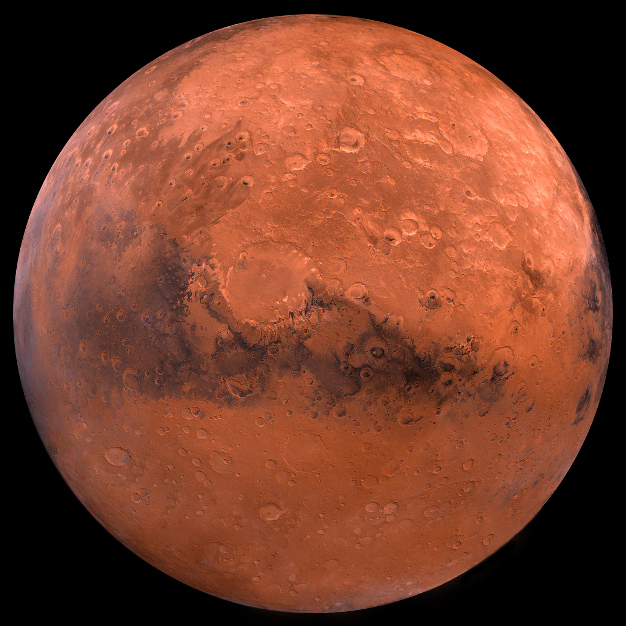
In November last year, NASA announced that the Mars 2020 rover will be touching down in Jezero Crater, and now there’s more evidence that this was a good choice. Two new studies have found that the area around the landing site is rich in the kinds of minerals that could preserve fossils of ancient microbes and other lifeforms.
Spanning 28 miles (45 km) wide, Jezero Crater appears to have been an ancient river delta. More than 3.5 billion years ago the area was home to a lake, fed by rivers to the northwest. That makes it a prime spot for studying the history of water on Mars and, by extension, the possibility of whether life was present during that history.
Because of this, Jezero Crater was always a place of interest – after all, it beat out many other potential landing sites, all with their own scientific value. But now, two separate studies have found more reasons to be excited about what the rover could find here.
Both studies used data gathered by the Compact Reconnaissance Imaging Spectrometer for Mars (CRISM), onboard the Mars Reconnaissance Orbiter (MRO). This instrument can highlight the kinds of minerals that are present in an area. Two in particular stood out – carbonates and hydrated silica, each the subject of one paper. Both minerals known to be excellent at preserving remains, such as fossilized microbes, seashells, coral, stromatolites and other signs of ancient life.
“Using a technique we developed that helps us find rare, hard-to-detect mineral phases in data taken from orbiting spacecraft, we found two outcrops of hydrated silica within Jezero crater,” says Jesse Tarnas, lead author of one of the studies. “We know from Earth that this mineral phase is exceptional at preserving microfossils and other biosignatures, so that makes these outcrops exciting targets for the rover to explore.”
The other team found clear evidence of carbonates along the inner rim of Jezero Crater, almost like a bathtub ring. These minerals could contain structures similar to stromatolites – rock formations created over long periods of time by colonies of microbes.
“The possibility that the ‘marginal carbonates’ formed in the lake environment was one of the most exciting features that led us to our Jezero landing site,” says Ken Williford, Deputy Project Scientist of Mars 2020. “Carbonate chemistry on an ancient lakeshore is a fantastic recipe for preserving records of ancient life and climate. We’re eager to get to the surface and discover how these carbonates formed.”
We still have a little while to wait though: the Mars 2020 rover is due to launch in July 2020, but won’t touch down until February 2021.
